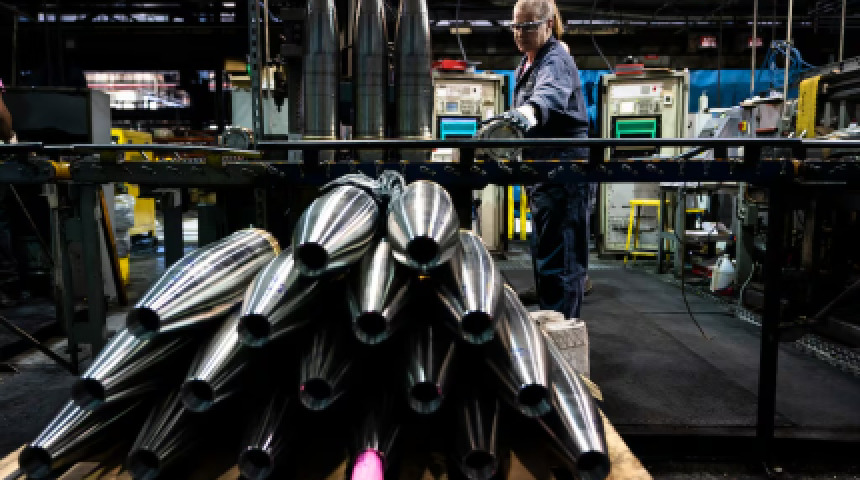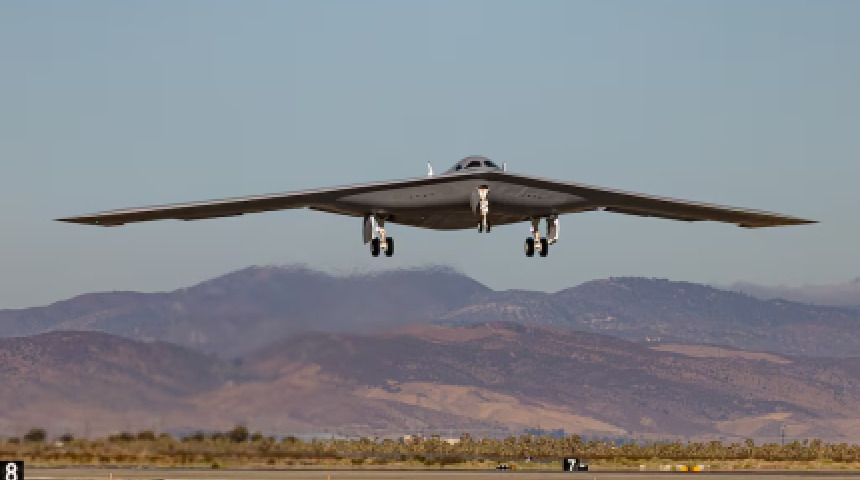美國朝野兩黨推新法案,力圖提升美軍武器採購速度 強化印太與台海威懾能力

(Oliver Contreras/AFP via Getty Images)
美國眾議院兩黨議員提交《精進採購法》(SPEED Act),旨在透過重設需求制定與採購流程,將武器與技術交付時間從目前的十年縮短至約三個月。此舉是一項跨黨派合作,由眾議院軍事委員會主席Rogers(共和黨)與排名成員Smith(民主黨)共同推動,並預計納入2026財年國防授權法案中 。
該法案計畫成立一個名為RAPID的新機構,負責简化需求制定、測試與採購流程。而另有Mission Engineering and Integration Activity(MEIA)實驗部門,將負責檢證新系統的實戰適用性,確保交付裝備符合前線任務需求 。
此法案的推動正逢五角大廈在應對中國與俄羅斯軍事競賽方面備受批評。若通過實施,將有助於加快部署對台軍售與印太區域嚇阻能力,回應台海安全的不確定風險。例如:迅速部署反潛機、反艦飛彈等尖端系統,可增強台灣與盟國在海空防衛上的協同效能。
然而,產業界人士表示,包括網安認證、成本會計制度與智慧財產限制等現行規範仍是阻礙。Aerospace Industries Association 建議移除多達 50 項官僚程序,以吸引更多供應商投入創新並促進採購效率 。
🔍 三大觀察重點 | Three Key Takeaways
- 雙黨合作重構採購流程
◦ SPEED Act透過成立RAPID、MEIA等機構,旨在縮短採購時間,從10年縮減至3個月,有助於快速部署美台及印太區域防務裝備。
- 台海安全與印太嚇阻強化
◦ 加快採購可迅速提升應台軍售效率,通過部署反潛/反艦系統強化區域嚇阻,應對中國軍力快速提升。
- 產業繁文縟節仍成瓶頸
◦ 雖提速方向明確,但多達50項繁雜法規,包括資安與智慧財產規定,仍可能拖延效率,業界建議大刀簡化 。
Bipartisan SPEED Act Aims to Expedite Defense Acquisitions, Enhance Deterrence in Indo-Pacific and Taiwan Strait
Washington, D.C. — On June 9, 2025, bipartisan lawmakers introduced the SPEED Act to streamline the Department of Defense (DoD) acquisition cycle from traditionally 10 years to roughly 90 days. The bill, spearheaded by House Armed Services Chairman Mike Rogers (R‑Ala.) and Ranking Member Adam Smith (D‑Wash.), is expected to be integrated into the FY 2026 National Defense Authorization Act .
The proposal establishes two new entities: the Requirements, Acquisition, and Programming Integration Directorate (RAPID) and the Mission Engineering and Integration Activity (MEIA) to fast-track requirements, testing, and purchases, ensuring that frontline units receive timely capabilities .
The legislation arrives amid widening criticism of delayed DoD procurement, especially in response to China’s expanding PLA activities and Russia’s military posture. Fast-tracking acquisitions could significantly accelerate U.S. arms sales to Taiwan—such as anti-submarine warfare systems and anti-ship missiles—strengthening regional deterrence.
Industry leaders, including the Aerospace Industries Association, have identified over 50 regulatory barriers, such as cybersecurity standards, cost accounting, and IP rules, that impede fast procurement. AIA has urged removal of these hurdles to enhance participation and delivery speed .
🔍 Three Key Takeaways
-
Bipartisan Reform Targets DoD’s Slow Acquisition Cycle
- RAPID and MEIA could reduce procurement delays from over a decade to months, benefiting U.S.-Taiwan and Indo-Pacific defense readiness.
-
Bolsters Indo-Pacific and Taiwan Strait Deterrence
- Faster fielding of defense systems—like ASW and anti-ship—supports U.S. deterrence posture amid rising PLA power.
-
Regulatory Bottlenecks Still Persist
- Despite reform progress, more than 50 existing rules—from cybersecurity to IP—remain hurdles that could stall implementation.




回應文章建議規則: